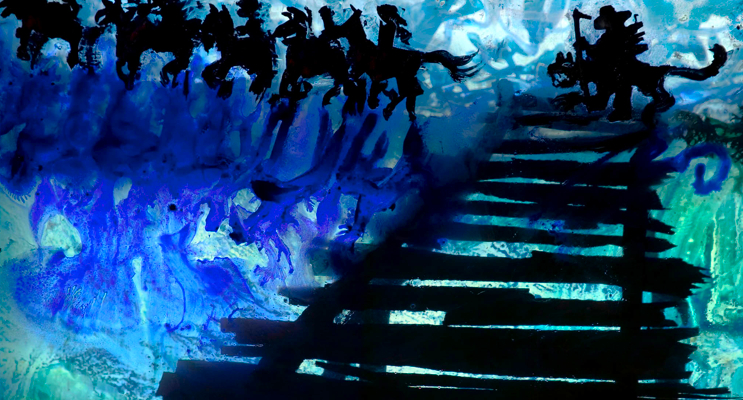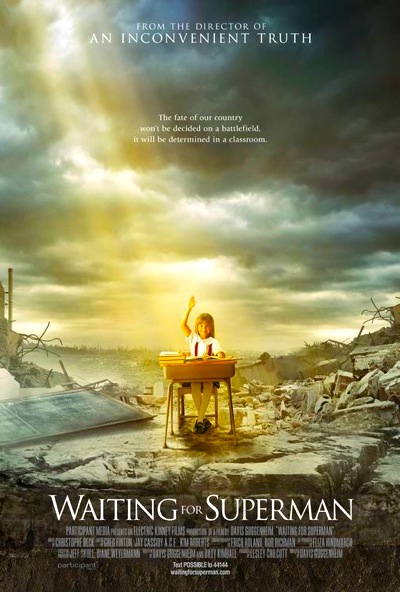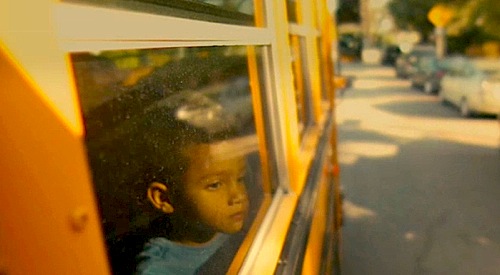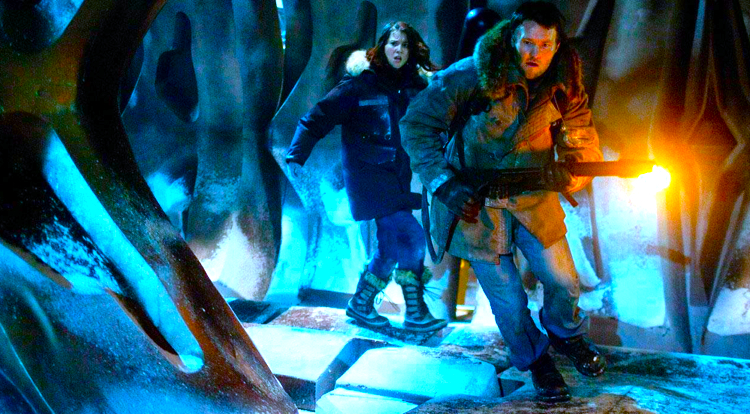
By Jason Apuzzo. • A lot of news comes to us today from the Sci-Fi/Alien Invasion front. First of all, it appears that Dreamworks is still contemplating bringing the Halo video game to the screen. Much like George Lucas’ current Clone Wars saga, or James Cameron’s Avatar (or Aliens, for that matter), Halo is another space-troopers story that traces its lineage back to Robert Heinlein’s Starship Troopers of 1959. And even though there have been an endless number of disputes recently between Universal, Fox and others over this property, I think it would be a great saga to bring to the screen – if done properly, of course. Peter Jackson was originally supposed to supervise this project; later it was Neil Blomkamp; now, it appears, the whole thing has landed in Steven Spielberg’s lap, at least in so far as who makes the major decisions – so we’ll see how this whole thing goes. This project would obviously come with a gigantic built-in fan base – and would represent a major, big-budget addition to the burgeoning ‘alien invasion’ genre (with all its rich subtexts) that we’ve been chronicling so assiduously here at Libertas.
• In other news on this same front, the next Transformers movie will apparently be called Transformers 3: The Dark of the Moon; and there’s been an update on Sam Raimi’s Earth Defense Force project – apparently he would only be producing that film, rather than directing it. The reason for that became clear yesterday when Raimi committed to directing Oz: The Great and Powerful (the 3D big-budget ‘sequel’ to the original Wizard of Oz). Also: we got more details yesterday about James Cameron’s new/extended/Director’s cut/special edition/steel-belted/air conditioned/new-and-improved Avatar DVD with its 1000 hours of supplemental materials, 400 deleted scenes, 500 cast interviews, and Cameron’s CGI virtual/fantasy-simulation of the Bush Impeachment Proceedings. Just kidding. The DVD debuts November 16th, and the opening of the film will contain an as-yet-unseen sequence featuring Sam Worthington’s character on a hyper-polluted, dystopian Earth. You can catch a glimpse of that sequence in some new trailers just released. Incidentally, I’m reminded here of an excellent list that a reader named Emma Taylor recently sent me on The 20 Greatest Works of Dystopian Literature. For some odd and unfathomable reason, the Avatar novel adaptation has not yet made that list – I guess because it’s still in galleys? 😉 Thanks to Emma for the list.

• Most likely you’ve heard by now that Zack Snyder (300, The Watchmen, Legend of the Guardians, Sucker Punch) has been hired by Christopher Nolan to direct the Superman reboot. We’re also learning that Nolan may want to take the franchise in a somewhat ‘post modern’ direction – with reporter Clark Kent traveling the world like Christiane Amanpour, struggling over whether he wants to even be Superman – and that the main villain in the new film may be General Zod. On what may be a related note, we’re also learning that the project currently has script problems. So what does all this mean? Actually, we don’t know what all this means – but my advice would be to keep an eye on Nolan here, because he’s the one obviously running the show. My sense is that Nolan has hired someone to carry out his vision, not someone else’s – which is likely why Darren Aronofsky was rejected, and why Aronofsky’s publicist is currently running around town convincing everyone that his client is still hireable on superhero projects. In related Nolan news, Batman 3 will apparently start shooting in New Orleans in April; and in other superhero news, Emma Stone will now apparently be playing Gwen Stacy in the Spider-Man 3D reboot.
• Other news and notes: Peter Jackson has finally been confirmed as the director for the two Hobbit films, which will apparently be shot at a cost of around $500 million, and in 3D. I’m still having a hard time believing that budget, but there it is. Also: it appears that Die Hard 5 may be happening (I couldn’t care less, frankly); and a screenwriter has been found for the legendary Steve McQueen-Yucatan project that Robert Downey is reviving. My advice would be to put a digital Steve McQueen (and a digital Ali Macgraw?) in that project, rather than Downey – whom I still don’t like, even if the rest of Planet Earth fawns over him.
• There’s a movement afoot to put Charlton Heston’s likeness on a stamp. Libertas favors this effort, and you can read more about it at The Hollywood Reporter.
• In related news (i.e., people whose likeness appears on stamps), Joel Surnow’s miniseries on the Kennedys is currently shopping for international distributors at the big Cannes TV market.
• AND IN TODAY’S MOST IMPORTANT NEWS … Mad Men’s Christina Hendricks (see above) is everywhere. She just did a fashion shoot for Harpers Bazaar, and some photos were just released of her on the set of the new indie thriller, Drive. And, in a new interview, she says that she gets teary-eyed when curvy women tell her that she’s made them feel beautiful and sexy. [Did Gloria Steinem ever have that effect on women?] Somebody please cast her in a 3D film – now! – so the rest of us can also get teary-eyed …
And that’s what’s happening today in the wonderful world of Hollywood.
Posted on October 7th, 2010 at 8:35am.





